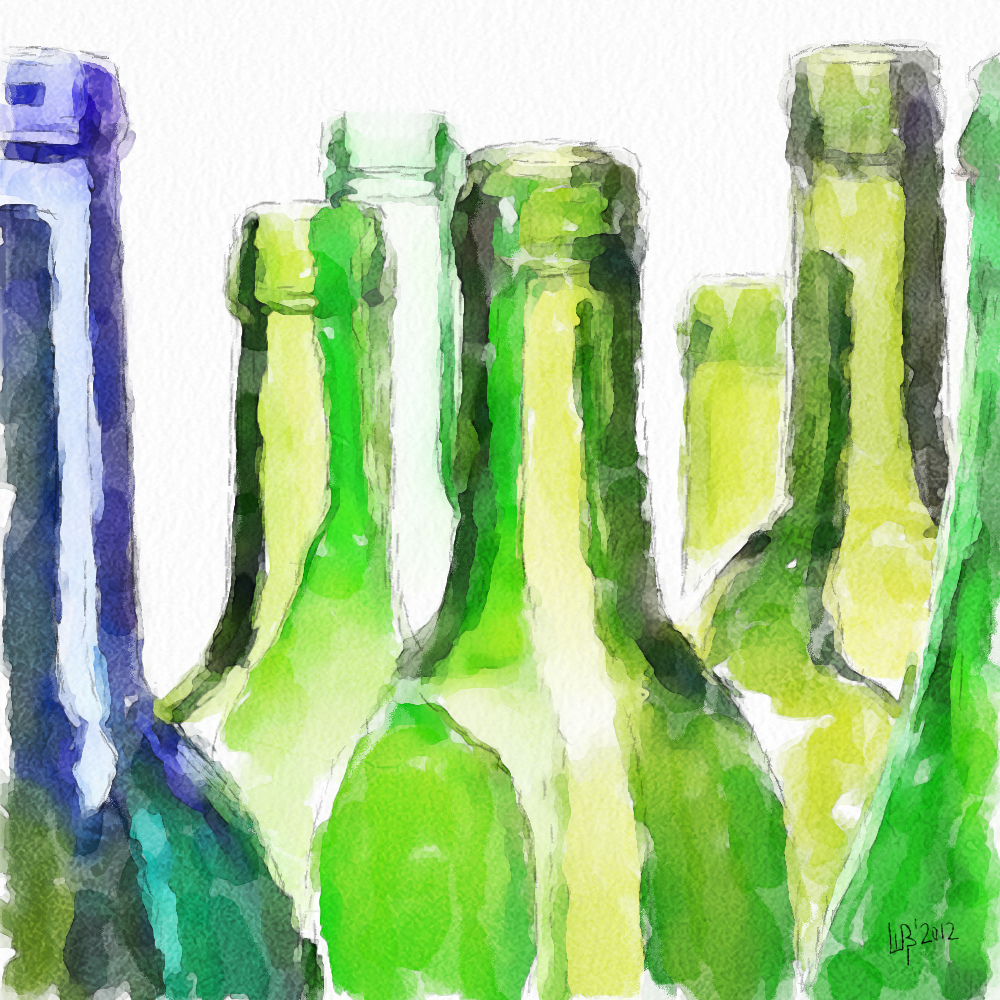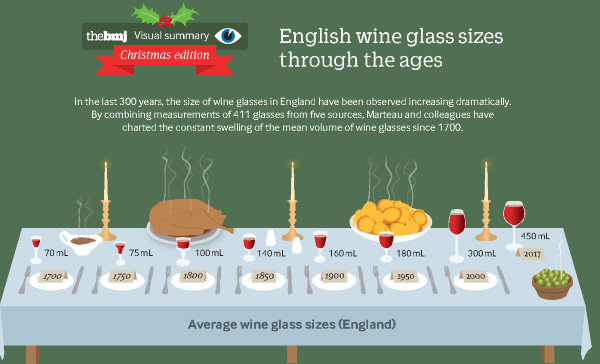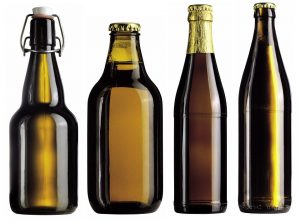Partnerships between public health agencies and industries which trade in potentially harmful products or activities – such as the recently  announced and much criticised partnership between Public Health England (PHE) and the alcohol industry-funded body, Drinkaware – risk delaying or preventing effective policies to improve population health, say public health scientists Mark Petticrew, Martin McKee and Theresa Marteau in their Lancet Comment, published online on September 20th 2018. The authors say that such partnerships with industry promote voluntary models of harm reduction which are largely ineffective and are likely to benefit the relevant industries rather than improving the health of the nation. They conclude by recommending that PHE should work with the public health community to redefine its relationships with industry.
announced and much criticised partnership between Public Health England (PHE) and the alcohol industry-funded body, Drinkaware – risk delaying or preventing effective policies to improve population health, say public health scientists Mark Petticrew, Martin McKee and Theresa Marteau in their Lancet Comment, published online on September 20th 2018. The authors say that such partnerships with industry promote voluntary models of harm reduction which are largely ineffective and are likely to benefit the relevant industries rather than improving the health of the nation. They conclude by recommending that PHE should work with the public health community to redefine its relationships with industry.
Professor Dame Theresa Marteau is Director of the (BHRU) at the University of Cambridge.
Partnerships with the alcohol industry: furthering industry interests at the expense of public health. Petticrew M, Marteau TM, McKee M. Lancet.




 The verbal descriptors Low, Lower, Light, Lighter, and Reduced formed a cluster and were rated as denoting lower strength products than Regular, but higher strength than the cluster with intensifiers consisting of Extra Low, Super Low, Extra Light and Super Light. To find out further information about this study click on the Read More button.
The verbal descriptors Low, Lower, Light, Lighter, and Reduced formed a cluster and were rated as denoting lower strength products than Regular, but higher strength than the cluster with intensifiers consisting of Extra Low, Super Low, Extra Light and Super Light. To find out further information about this study click on the Read More button.